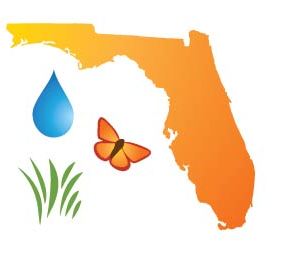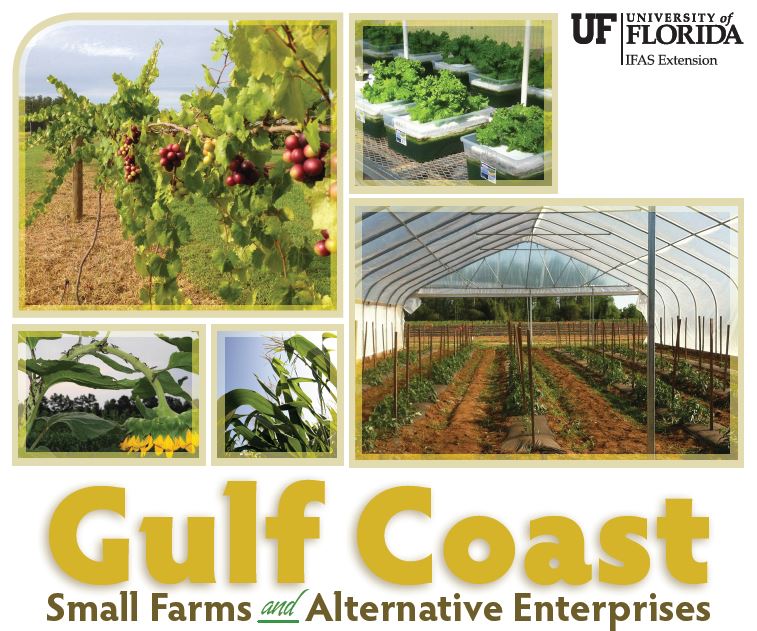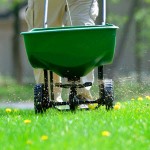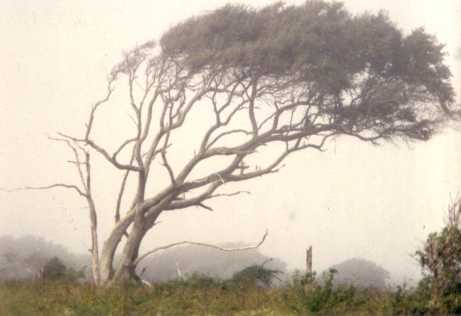
by Blake Thaxton | Jun 4, 2013

As of January 2014 all companies applying fertilizer, commercially “for hire”, will be required to hold a fertilizer applicators license. In order to obtain this license you must first become GI-BMP certified.
2014 isn’t that far away. Take the time to attend class this summer. Don’t wait to the last minute and have to scramble to find a training close to home.
What are Green Industries Best Management Practices?
GI-BMPs teach environmentally safe landscaping practices that help conserve and protect Florida’s
ground and surface waters and natural resources. This science-based educational program for
Green Industry professionals is brought to you by the UF/IFAS Florida-Friendly LandscapingTM
program and the Florida Department of Environmental Protection. Other FAQs about GI-BMPs
June 28th – Santa Rosa County
Navarre Community Center: 1917 Navarre School Rd Navarre, FL 32566
For more information email Blake Thaxton at bthaxton@ufl.edu
by Blake Thaxton | Apr 12, 2013

UF/IFAS NW District Extension agents and the UF/IFAS West Florida Research and Education Center have joined forces to provide relevant hands on training for the Small Farmers of northwest Florida and surrounding areas by developing the Gulf Coast Small Farms and Alternative Enterprises program. This Spring Field Day will be a sneak peek at what the program will offer in the coming months and years.
Join us to discover new production practices and opportunities for your small farm or fruit and vegetable gardens!
Topics and Demonstrations:
- Irrigation Practices
- Small Farm Integrated Pest Management
- Hydroponic Float Bed Lettuce
- Protected Agriculture
- Food Safety Issues for the Small Farm

Register here: Gulf Coast Small Farms & Alternative Enterprises
For more information please contact:
Robin Vickers at 850-393-7334 or rvickers@ufl.edu
Blake Thaxton at 850-623-3868 or bthaxton@ufl.edu
by Blake Thaxton | Mar 13, 2013
Many landscape managers and home owners, especially on the gulf coast, wants to add the tropical feel to their landscape. The chief way to achieve this is by incorporating Palms and other tropical plants to their surroundings. Like with any other plant one would like to care for it properly. The improper care of Palms, I would like to blame on simple lack of “know how” and nothing else. Some palm care practices are a real problem in Northwest Florida; whether it is pruning, installing, or fertilizing. University of Florida has some great resources available on Palm care and maintenance. Let’s hit some highlights and use these tips to improve Palm care in northwest Florida.

First, installation is very important with Palms, as it is with all plants. One practice that ultimately results in death to a Palm is planting too deeply. Some have done this in the past to help secure the Palm from falling over. This may seem like a good idea but will harm the plant in many ways. Look at these two palms that were planted at the same time, see the difference?

Make sure when your planting to dig the hole twice as wide as the rootball and only as deep as the rootball is tall. Then for support build a supporting structure, but do not nail directly into the trunk (this will allow an entry point for disease). Once planted, water the palm in thoroughly, allowing for all the air pockets to be compromised If the fronds are tied up, untie them as soon as your palm is planted.

The next issue that faces palm lovers is pruning palms. Many prune a palm too much for a variety of reasons. Take a look at this palm for an example of a palm that has been pruned too much.

Follow the 9 to 3 clock rule, only pruning above the horizontal line of the crown of the palm. If you follow this rule you will generally be pruning correctly.

Read more about pruning, installing and general palm information for northwest Florida.
Photo Credits, University of Florida.

by Blake Thaxton | Sep 13, 2012
As of January 2014 all companies applying fertilizer, commercially “for hire”, will be required to hold a fertilizer applicators license. In order to obtain this license you must first become GI-BMP certified.
2014 isn’t that far away. Take the time to attend a class this fall. Don’t wait to the last minute and have to scramble to find a training close to home.
Upcoming Training opportunities in the panhandle:
September 25, 2012 in Milton 850-623-3868 – $20 agenda
October 25, 2012 in Crestview 850-689-5850 – $20 agenda
November 9, 2012 in Cantonment 850-475-5230 $30
(To register call the numbers next to the event you would like to attend)
What is the GI-BMP program?
- The GI-BMP workshop is designed to provide training in Best Management Practices (BMPs) for anyone working in the lawn, landscape, pest control, or municipal grounds areas.
- The Best Management Practices are focused on reducing non-point source pollution resulting from fertilization or pesticide application.
- At the end of this training you will be given a post-test to determine knowledge learned. If the post-test is successfully completed, you will be mailed a Green Industries BMP certificate of completion.
- Some cities & counties require this certification before you can bid on jobs or have commercial customers.
- If you also need pesticide CEUs, get your signed CEU attendance form before you leave the class.

by Blake Thaxton | Aug 6, 2012
It seems Northwest Florida sure dodged a bullet when Tropical Storm Debbie decided to head east. The citizens and structures may have dodged the bullet but the plant life had unseen pressures on it. All of the plants in the coastal region of Northwest Florida have some salt tolerance associated with them if they are surviving, and we can see that by the way our plants have been shaped by salt spray on our barrier islands.

The far west counties of Florida were on the “dry side” of the Tropical Storm causing some plants to be damaged that may usually be unharmed by the salt spray. For example X Cupressocypris leylandii or Leyland Cypress is a moderately tolerant plant to salinity. I examined some Leyland Cypress in Santa Rosa County that had damage solely on the side facing Escambia Bay. The property’s owner thought that it must be some kind of disease considering that it had never been harmed by salt spray before in the previous six years since being planted. On further examination, I noticed that there was an azalea in the next yard with brown foliage and a Trumpet Vine in the top of the Leyland Cypress that also had damage to its foliage. This made me curious to whether or not salt spray is more damaging on the dry side of a T.S.

After some research on the matter, it was apparent that it was salt spray damage. With the winds being steady from the north east on this particular property and extremely dry weather accompanied with the “dry side” of T.S. Debbie, the salt spray had some devastating effects to some landscape plants. It was a perfect combination to wreck havoc on the Leyland Cypress planting. Without the large amounts of rainfall, the plant’s foliage does not have the opportunity for the salt to be washed off. The salt accumulates on the leaves and even for a moderately tolerant plant such as Leyland Cypress; the foliage begins to brown or “burn”. This eventually causes necrosis or tissue death.
If you have experienced “burnt” looking foliage on some of your less tolerant plants after T.S. Debbie, it may not be a disease like you may have suspected. It could be the unfortunate effects of the “dry side” of the storm and a heavy salt accumulation.
For more information and comments, please email Santa Rosa County Extension Agent Blake Thaxton at bthaxton@ufl.edu.














